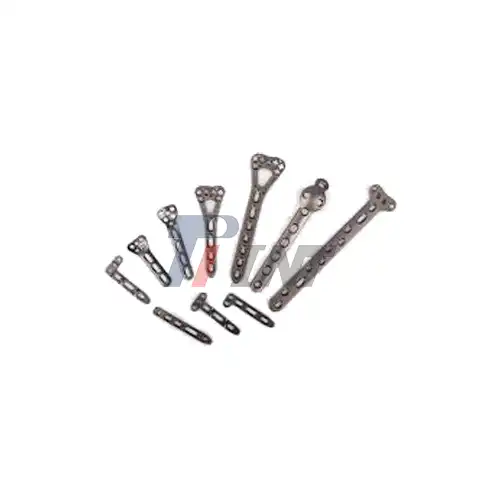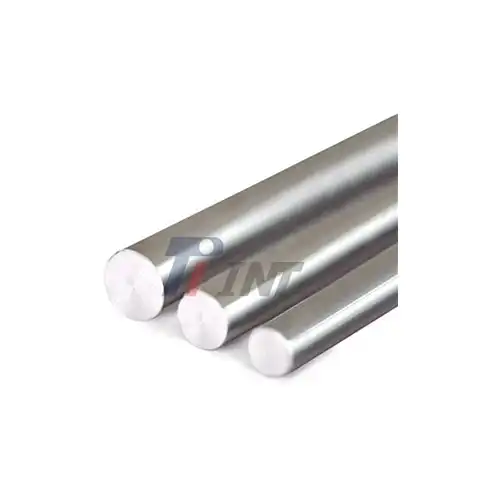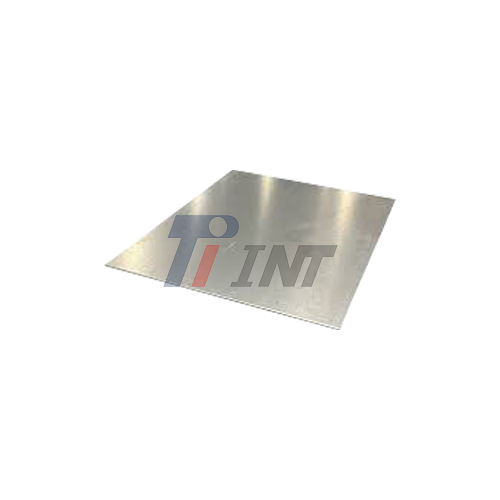The Evolution of Hand Fracture Treatment
Hand fractures have been a challenge for medical professionals throughout history. Traditional methods of treating these injuries often involved casting, splinting, or using external fixators. While these techniques have their merits, they also come with limitations such as prolonged immobilization, stiffness, and potential for malunion.
The introduction of internal fixation methods marked a significant advancement in hand fracture treatment. Initially, stainless steel plates and screws were used, but they had drawbacks such as corrosion and metal sensitivity. The advent of titanium plates in hand surgery has addressed many of these issues and brought about a new era in fracture repair.
Titanium, known for its biocompatibility and strength-to-weight ratio, has become the material of choice for many orthopedic implants. Its use in hand surgery has been particularly transformative, allowing for more precise and less invasive procedures.
Advantages of Titanium Plates in Hand Surgery
The use of titanium plates in hand fracture repair offers several advantages over traditional methods:
- Biocompatibility: Titanium is highly biocompatible, meaning it's well-tolerated by the human body. This reduces the risk of adverse reactions and improves overall patient outcomes.
- Strength and Durability: Despite being lightweight, titanium plates are incredibly strong and durable. This allows for stable fixation of fractures, even in small bones of the hand.
- Corrosion Resistance: Unlike some other metals, titanium is highly resistant to corrosion. This property is crucial in the moist environment of the human body and contributes to the longevity of the implant.
- Osseointegration: Titanium has the unique ability to integrate with bone tissue, a process known as osseointegration. This enhances the stability of the fracture fixation and promotes faster healing.
- Radiolucency: Titanium plates are relatively radiolucent, meaning they allow X-rays to pass through more easily than stainless steel. This property facilitates better post-operative monitoring of fracture healing.
- Reduced Risk of Thermal Necrosis: Titanium's low thermal conductivity reduces the risk of thermal necrosis during the drilling process in surgery.
- Minimally Invasive Techniques: The properties of titanium allow for the development of smaller, thinner plates. This enables surgeons to use minimally invasive techniques, resulting in smaller incisions and faster recovery times.
These advantages have made titanium plate hand surgery an increasingly popular choice among surgeons and patients alike. The ability to provide stable fixation while minimizing complications has transformed the landscape of hand fracture treatment.
Comparing Titanium Plates to Traditional Methods
To fully appreciate the benefits of titanium plate hand surgery, it's essential to compare it with traditional methods of hand fracture repair:
Casting and Splinting: While non-operative management through casting or splinting is still appropriate for certain fractures, it has limitations. Prolonged immobilization can lead to joint stiffness, muscle atrophy, and potential malunion. In contrast, titanium plate fixation allows for earlier mobilization, reducing these risks and potentially improving functional outcomes.
External Fixation: External fixators, while useful in certain scenarios, can be cumbersome and may interfere with daily activities. They also carry a risk of pin site infections. Titanium plate internal fixation eliminates these issues, providing stable fixation without external hardware.
Stainless Steel Implants: Before the widespread adoption of titanium, stainless steel was commonly used for internal fixation. However, stainless steel implants are heavier, more prone to corrosion, and may cause metal sensitivity in some patients. Titanium addresses these issues with its lightweight nature, corrosion resistance, and superior biocompatibility.
K-wire Fixation: Kirschner wires (K-wires) are still used in hand surgery, especially for smaller fractures. While they have their place, they may not provide the same stability as plate fixation and often require removal. Titanium plates, on the other hand, can often be left in place permanently.
The comparison clearly highlights the advantages of titanium plate hand surgery. Its ability to provide stable fixation, allow early mobilization, and minimize complications makes it a superior choice in many cases of hand fracture repair. The decision to use titanium plates in hand surgery should be made on a case-by-case basis, considering all relevant factors. This personalized approach ensures that each patient receives the most appropriate treatment for their specific condition.
One area of ongoing research is the development of low-profile titanium plates. These ultra-thin plates aim to provide the same strength and stability as traditional plates while minimizing soft tissue irritation. This innovation could potentially expand the use of titanium plates to even more delicate areas of the hand.
Another energizing improvement is the utilization of 3D printing innovation in the generation of titanium plates. This innovation permits the creation of patient-specific inserts, custom-fitted to the one-of-a-kind life structures of each person. Such customization may lead to made strides in fit, way better soundness, and possibly speedier mending times.
The integration of titanium plates with bioactive coatings is another area of research. These coatings aim to enhance the osseointegration process, potentially leading to faster and stronger bone healing. Some studies are also exploring the possibility of incorporating antibacterial properties into these coatings, which could further reduce the risk of post-operative infections.
Whereas the benefits of titanium plate hand surgery are various, it's critical to recognize that, like any surgical strategy, it comes with potential dangers. These may incorporate contamination, equipment disappointment, or ligament disturbance. Be that as it may, with appropriate surgical procedure and post-operative care, these dangers can be minimized.
Post-operative rehabilitation is another critical factor in the success of titanium plate hand surgery. Physical therapy and occupational therapy play vital roles in helping patients regain strength, flexibility, and function in their hands. The stable fixation provided by titanium plates often allows for earlier initiation of these rehabilitation programs, potentially leading to faster recovery and better long-term outcomes.
It's worth noticing that the use of titanium plates in hand surgery expands past break repair. These flexible inserts are moreover utilized in remedial osteotomies, arthrodesis methods, and reconstructive surgeries. Their flexibility and biocompatibility make them profitable apparatuses in a wide extent of hand surgical strategies.
In any case, it's imperative to consider the taken-a-toll viewpoint of titanium plate hand surgery. Whereas the starting fetch may be higher compared to a few conventional strategies, the potential for way better results, quicker recuperation, and decreased requirement for modification surgeries may make it a cost-effective alternative in the long run. As with any restorative treatment, the choice ought to be based on a comprehensive assessment of the patient's condition, the potential benefits, and the related costs.
Conclusion
The advent of titanium plate hand surgery has significantly advanced the field of hand fracture repair. Its numerous advantages over traditional methods, including improved stability, biocompatibility, and the potential for earlier mobilization, have made it a preferred choice in many cases. As research continues and technologies advance, we can expect even more innovative applications of titanium in hand surgery.
For those interested in learning more about titanium plates and other medical titanium products, Baoji INT Medical Titanium Co., Ltd. offers a wealth of information and expertise. With over 30 years of experience in the research, development, and production of titanium materials, INT provides high-quality medical titanium materials for various applications. For more information or inquiries, you can contact them at export@tiint.com.


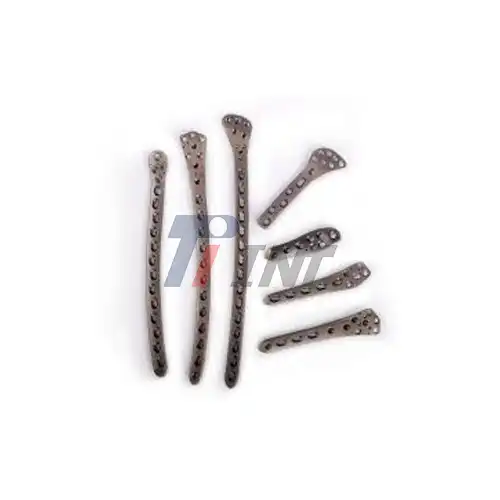
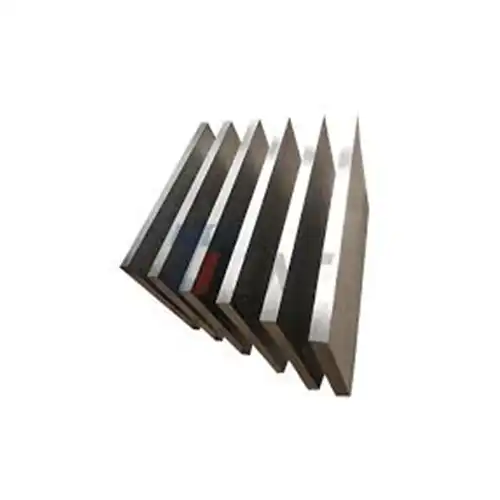






 2025-09-23 09:35:42
2025-09-23 09:35:42
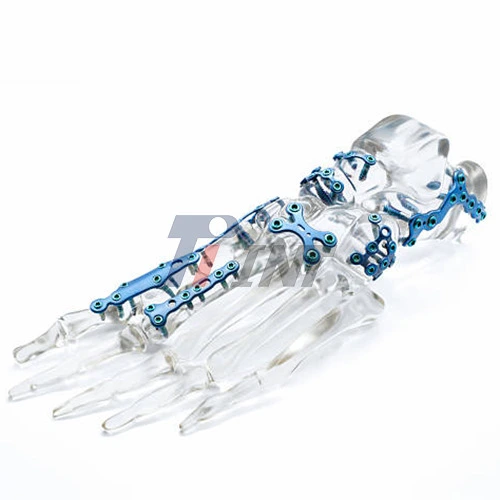
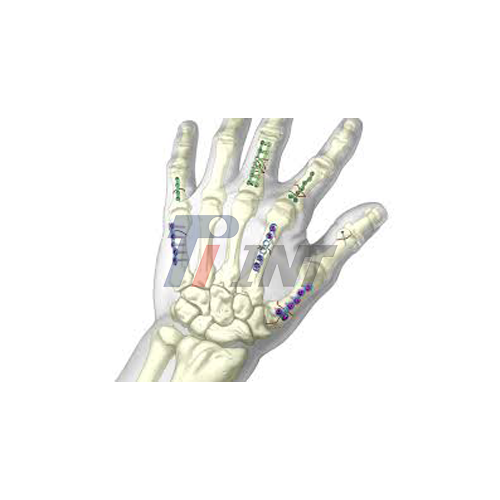
_1753859685128.webp)
_1752818317695.webp)
_1750663253486.webp)
_1755061331871.png)
